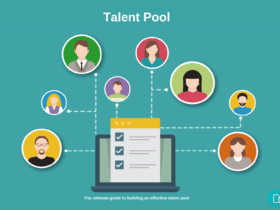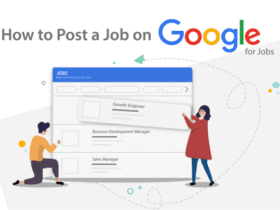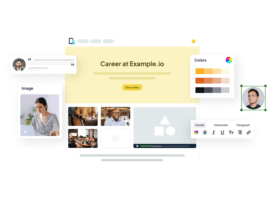In conventional hiring processes, most of the hiring decisions came from a single individual, in most cases, the manager. However, as we progressed through time, things began to change. So, hiring began to become a team sport instead of being only handled by the hiring manager. The current recruitment world is undergoing a paradigm shift from traditional hiring to collaborative hiring methods. Instead of leaving the hiring responsibilities only to the hiring manager, companies now prefer having whole teams in the hiring process. Hiring is not a one-person job anymore. It has become a team sport involving many teams. So, here is a post on what is collaborative hiring and its benefits.
Employees are hands down the most important asset of a company. With the pandemic disrupting the whole work ecosystem, hybrid and collaborative work is the future of work. So, if you’re active in the talent acquisition space, you need to understand the importance of collaborative hiring too. However, in the past, some teams have struggled to incorporate collaborative hiring practices in their strategies. So, in this post, we’ll take you through what is collaborative hiring and its benefits.
What Is Collaborative Hiring?
Collaborative hiring or collaborative recruiting is basically a team-based hiring process. It involves a whole team rather than just a hiring manager, putting their heads and efforts together to hire the best candidates. In conclusion, it involves the collaboration of HR and teams from other departments to fill vacancies. Collaborative hiring was first popularized in silicon valley. Collaborative hiring offers an alternative approach to the traditional, top-down hiring strategy.
What Does Collaborative Hiring Look Like?
As the name itself suggests, collaborative hiring involves the collaboration of teams. So, the main aspect of collaborative hiring is a multi-stage interview process. This enables the candidate to meet more employees, hence helping them to become familiar with the team. So, a multi-staged interview process is the most prominent part of collaborative hiring. It makes the screening of candidates easier and efficient.
The initial stage of the interview process may include a basic interaction with the recruiter or hiring manager. In these initial stages, the candidate’s temperament and motivation are being evaluated. In the later stages, a collaborative interview might include an additional department to check the knowledge of the candidate in a particular domain.
Now that we have an idea of what collaborative hiring is and how it works, let’s see what are some of the most amazing benefits of collaborative hiring.
Benefits Of Collaborative Hiring
Improved Quality Of Hire
Collaborative hiring may seem a little complicated at first but it actually improves the whole hiring process. Collaborative hiring helps you to get your hands on a diverse set of opinions. With a diverse set of perspectives, you can assess your candidates better. So, collaborative hiring helps you take improved and informed hiring decisions. Collaborative hiring enables you to choose candidates with the best skills and hire the perfect fit.
Better Chance To Hire A Cultural Fit
There is no specific formula to define a cultural fit since every company has a different culture. Every employee in a company has a different perspective of what cultural fit is. So, one person can certainly not define it for a new hire. That’s where collaborative hiring comes in. A collaborative hiring environment helps the new hires to gain a better understanding of company culture. Candidates can effectively analyze the company culture prior to an offer extended to them.
Improved Candidate Experience
Candidate experience is the key to building an employer brand. As a recruiter, you might be aware of the feeling when you have to rush into an interview, and the impact it has on your employer brand. Being extremely burdened and unprepared can lead to a dissatisfied candidate which in turn sabotages the employer brand. So, in a collaborative hiring model, the responsibilities are shared. This frees up the time to prepare for the interview thus enhancing candidate experience and improving employer brand.
Reducing Bias
Adopting collaborative hiring is a great way to minimize unconscious bias. Most traditional interviews fail because of unconscious bias applied by the recruiter or interviewer. Each of your hiring team members may have their individual preferences or biases. However, a collaborative hiring approach reduces the impact of these individual hiring biases is massively. So, the more stakeholders involved, the more diverse are the opinions and the lesser is the bias.
















